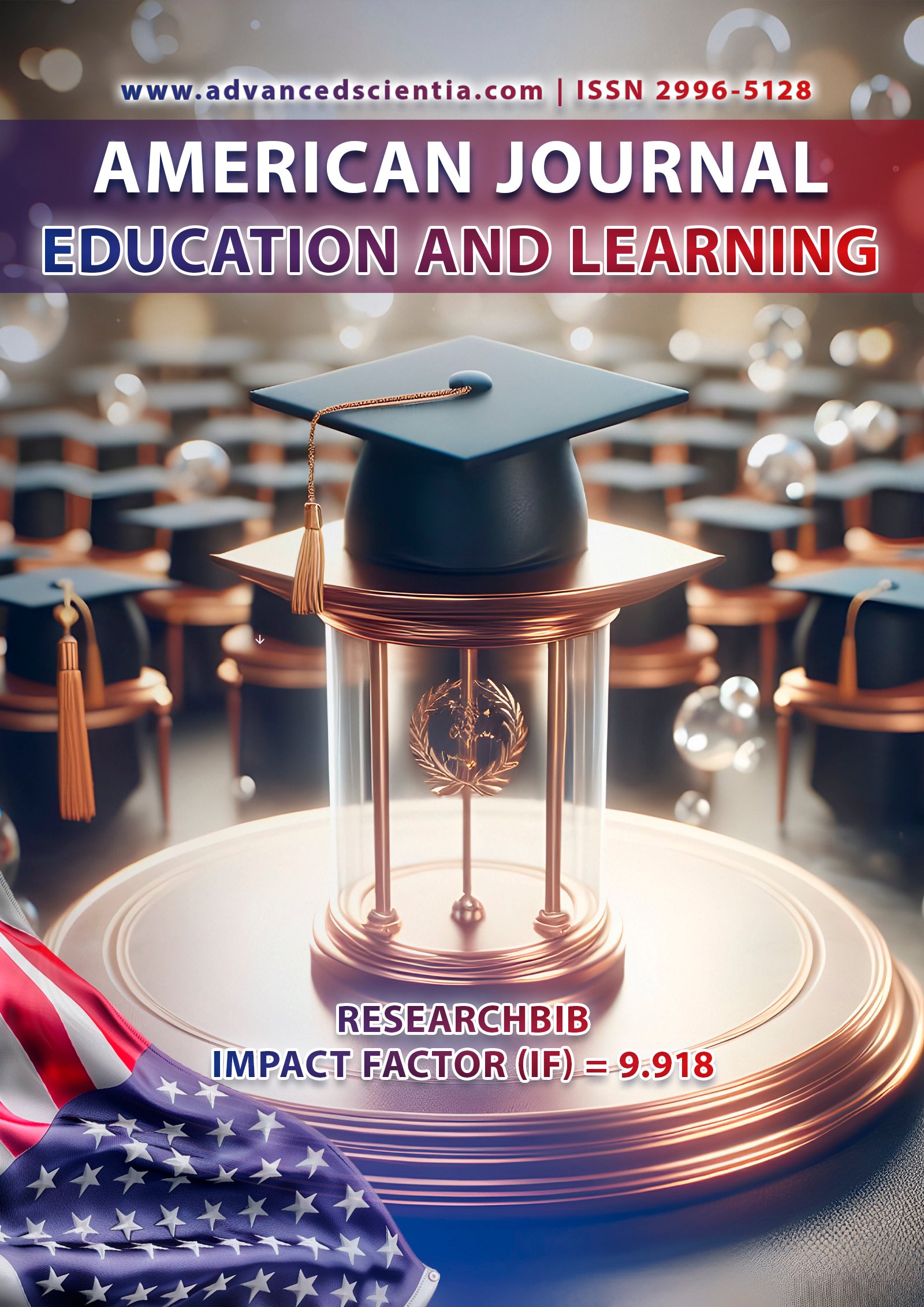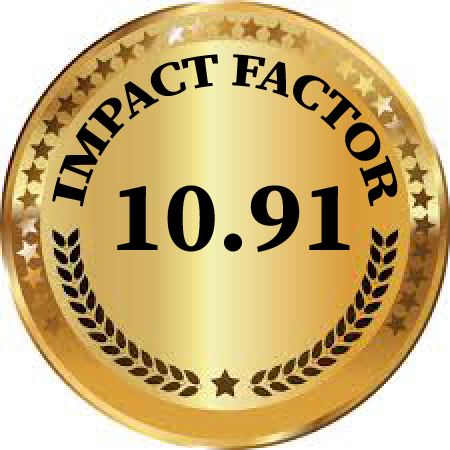ENGINEERING MEASURES FOR THE PROTECTION OF ATMOSPHERIC AIR: METHODS FOR THE PURIFICATION OF TOXIC GASES
Abstract
The protection of atmospheric air from industrial pollution has become one of the most pressing environmental challenges of the 21st century. This article provides a comprehensive review of engineering solutions aimed at preserving air quality. The focus lies on technologies for the removal of toxic gases from emissions, including both conventional and innovative methods. Case studies, performance evaluations, and policy implications are discussed to support the effective implementation of air purification technologies on a global scale.
References
1. Seinfeld, J. H., & Pandis, S. N. (2016). Atmospheric Chemistry and Physics: From Air Pollution to Climate Change (3rd ed.). Wiley-Interscience.
– A foundational text covering the chemical and physical processes of air pollution.
2. United States Environmental Protection Agency (EPA). (2020). Air Pollution Control Technology Fact Sheet Series.
– Provides practical summaries of emission control technologies used in the U.S.
3. World Health Organization (WHO). (2021). Ambient Air Pollution: A Global Assessment of Exposure and Burden of Disease.
– Global health impacts and data on air pollution.
4. European Environment Agency (EEA). (2022). Air Quality in Europe – 2022 Report.
– Analysis of trends and regulatory actions in the EU.
5. Rogers, R., & Mayhew, S. (2009). A Dictionary of Environment and Conservation. Oxford University Press.
– Useful for definitions and context of environmental engineering terminology.
6. Baumbach, G. (1996). Air Quality Control: Formation and Sources, Dispersion, Characteristics and Impact of Air Pollutants – Measuring Methods, Chemical Analysis and Instrumental Procedures. Springer.
– Offers technical insight into air quality engineering and pollutant behavior.
7. UN Economic Commission for Europe (UNECE). (2019). Gothenburg Protocol to Abate Acidification, Eutrophication and Ground-level Ozone.
– Key document for international air pollution control policy.
8. Pope, C. A., & Dockery, D. W. (2006). Health Effects of Fine Particulate Air Pollution: Lines that Connect. Journal of the Air & Waste Management Association, 56(6), 709–742.
9. Yulyakhshiev, A. (2024). Gaz turbinali issiqlik elektr stansiyalarida havoga chiqariladigan NOx gazlarini kamaytirish usullari. Journal of Academic Research and Trends in Educational Sciences, 3(1), 69–73.
10. Salomova, F. I., Ahmadalieva, N. O., Sadullaeva, X. A., Sherkuzieva, G. F., Yarmukhamedova, N. F., & Nurmatov, B. Q. (2022). O‘zbekiston hududida chang bo‘roni va atmosfera havosining ifloslanishi. Central Asian Journal of Medicine, (2), 36–51.
11. Aripdjanov, O. Y., Khayrullaeva, D. Z. Q., & Abdumuminov, J. A. O. (2024). Tabiiy gazni kislotali komponentlardan tozalash texnologiyalarining asosiy istiqbollari. Bukhara Technological Institute of Engineering, 2(1), 15–22.
12. Sherkuzieva, G. F., Samigova, N. R., Allayarova, G. A., Asenbaeva, T. A., & Ergasheva, Sh. N. (2022). Havo ifloslanishi muammolari va uning monitoringi. Texas Journal of Multidisciplinary Studies, 6, 82–85.






















